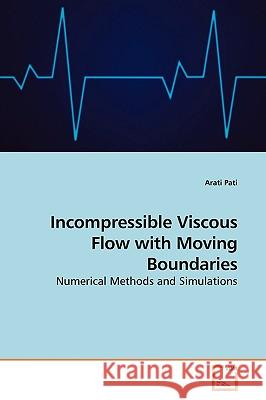Incompressible Viscous Flow with Moving Boundaries » książka
Incompressible Viscous Flow with Moving Boundaries
ISBN-13: 9783639188325 / Angielski / Miękka / 2009 / 204 str.
Despite the improved design of biological and Mechanical Heart Valves (MHV), thrombus formation remains a challenge in clinical practice. Abnormal blood flow through the foreign valve components is recognized as the greatest limitation. An important aspect of MHV selection and design lies in the understanding of the fundamental principles that govern the complex dynamical interactions between blood and valve. Therefore, a novel approach has been adopted to predict the valve movement by utilizing the fluid-structure interaction model which is innovative and fundamentally distinct from the prevailing methods of simulation that assume valve movement a priori. Based on a fictitious domain method and an operator splitting scheme, a mathematical formulation has been outlined for a fluid-structure model. Numerical simulations are performed for non-moving and moving rigid bodies to visualize the flow field. Simulations have also extended to rigid rectangular flaps following a rotational movement about fixed points in an unsteady flow as an initial attempt to model a 2D MHV. The study should be helpful to educators and professionals in the field of industrial and biological applications.











